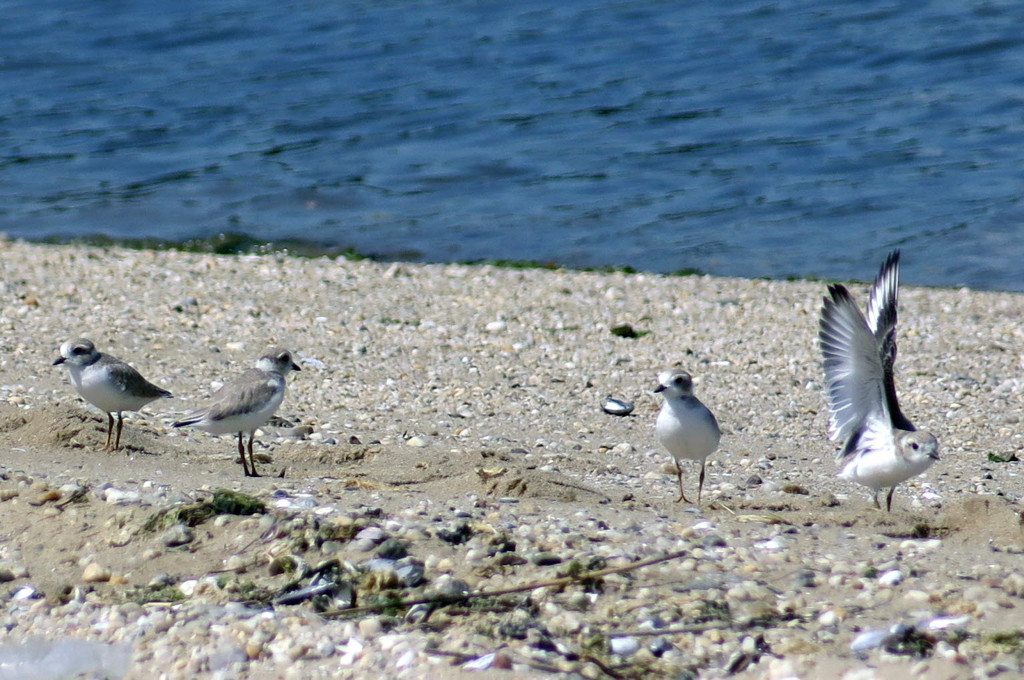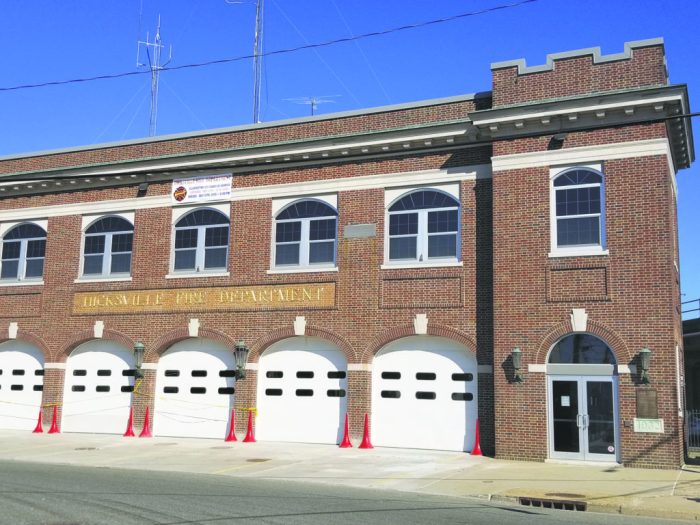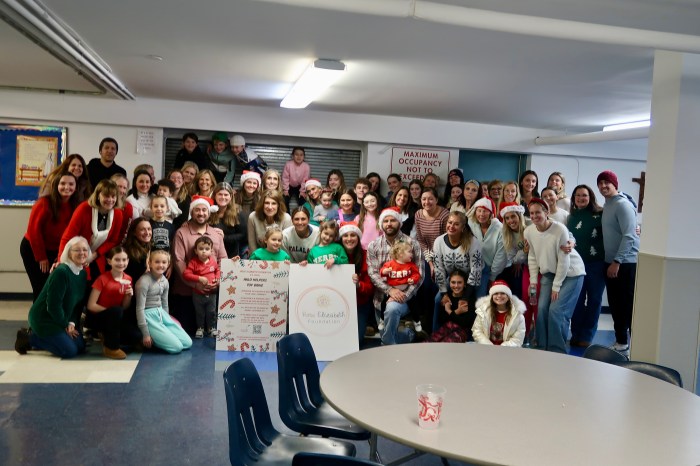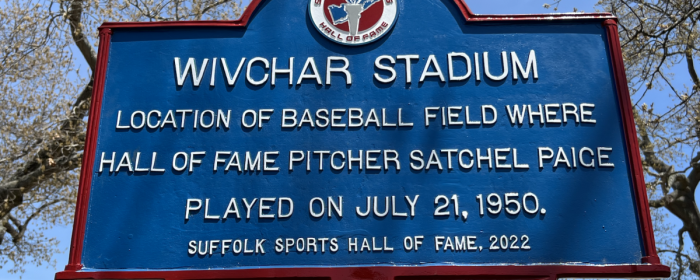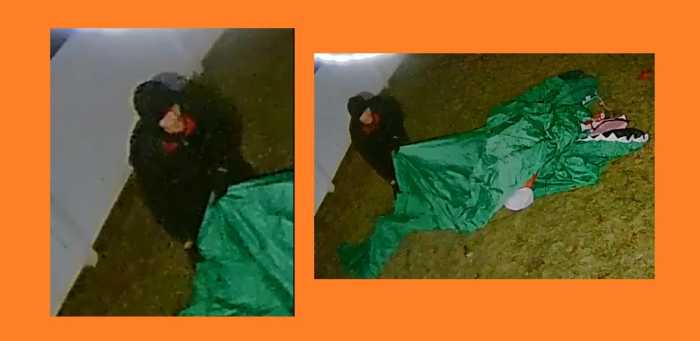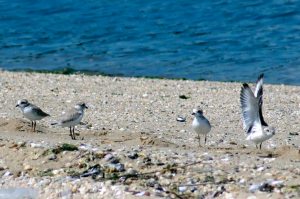
(Photo by Diane SanRomán)
On Long Island, volunteers and paid employees of AudubonNY, U.S. Fish and Wildlife, DEC and Nature Conservancy are all involved in trying to help piping plover adults have young that survive.
This year was successful at Sands Point beaches where Port Washington resident Peggy Maslow, vice president of AudubonNY, witnessed a 100 percent success rate of piping plover young fledging after hatching. She has been monitoring piping plover young at two beaches, Half Moon Beach and Prospect Point beach in Sands Point, for about eight years as a volunteer.
Working out of TR Bird Sanctuary, AudubonNY’s employees, Long Island Bird Conservation Manager Amanda Pachomski and technician Suzanne Jensen, supervise Maslow and also monitor the piping plovers.
At both beaches Jensen put up an “exclosure” to protect the four eggs laid with the help of Port Washington resident Anne Codey.
At Prospect Point and at Hempstead Harbor, all four young piping plovers fledged about the first week of July, which means that they are considered survivors. On Aug. 2, on Half Moon Beach, the four young piping plovers flew. That means all eight plovers born on the two beaches survived. Most of the time, there are only one or two survivors each year. M
aslow remembers one year she heard that only one piping plover chick survived at Jamaica Bay from 19 pairs. There are many predators such as great black-backed gulls, and sometimes very high tides can wipe out the nests. Fewer than 600 piping plover pairs exist on the U.S. East Coast. At Cape Hatteras National Seashore, only two piping plover chicks fledged this year, the worst number since 2004. One of the dangers to young piping plovers are off-road vehicles driven by people who don’t want to share the beach with nesting birds.




